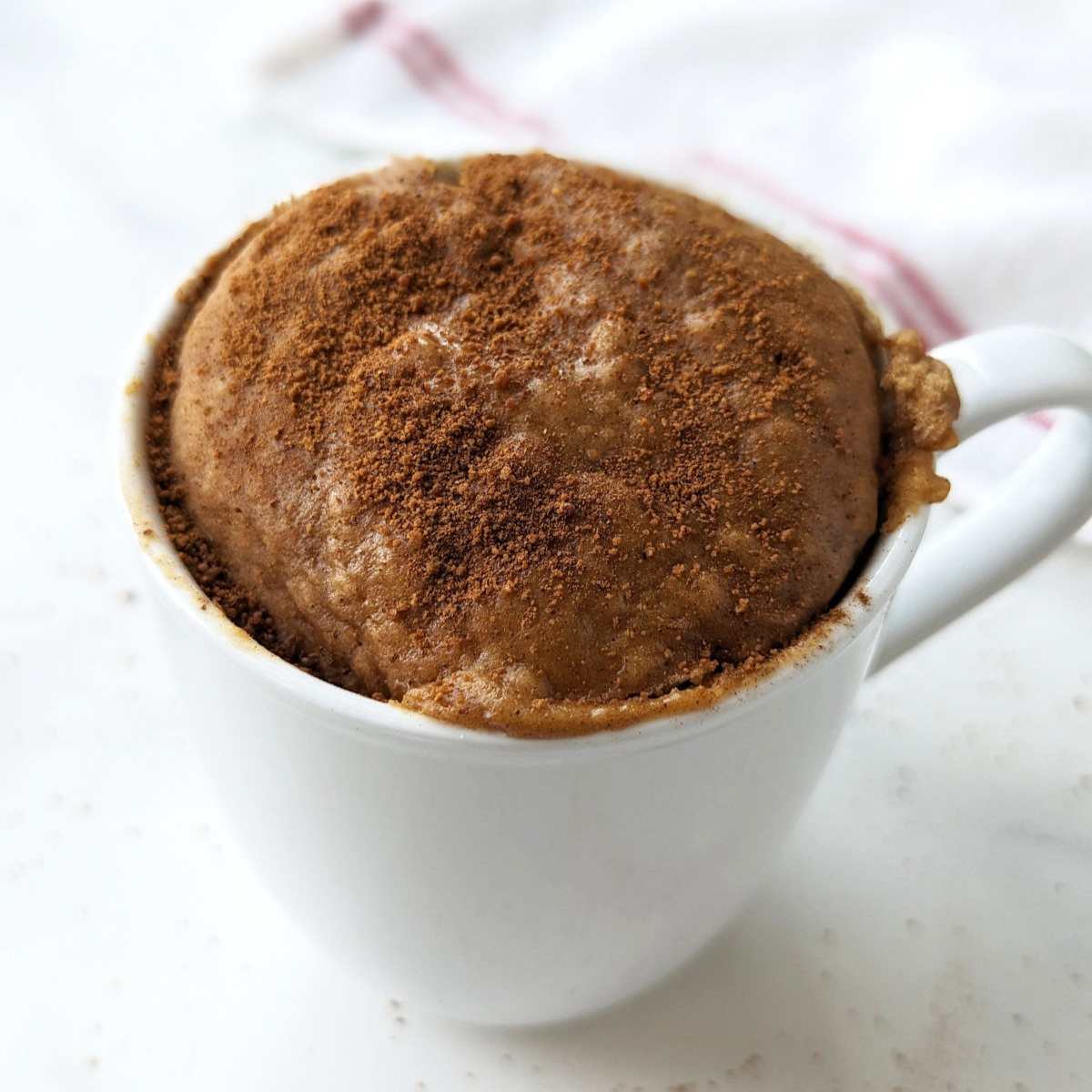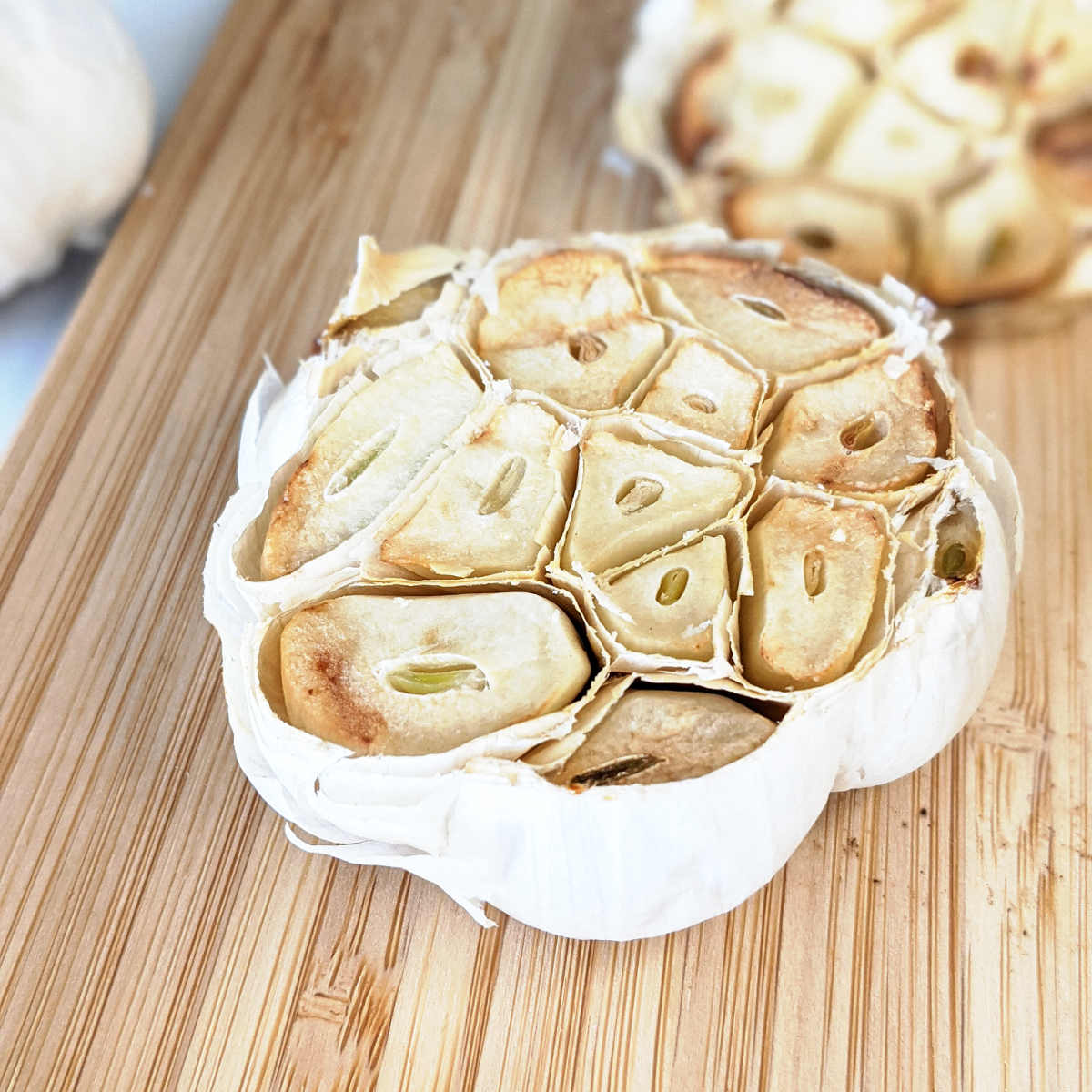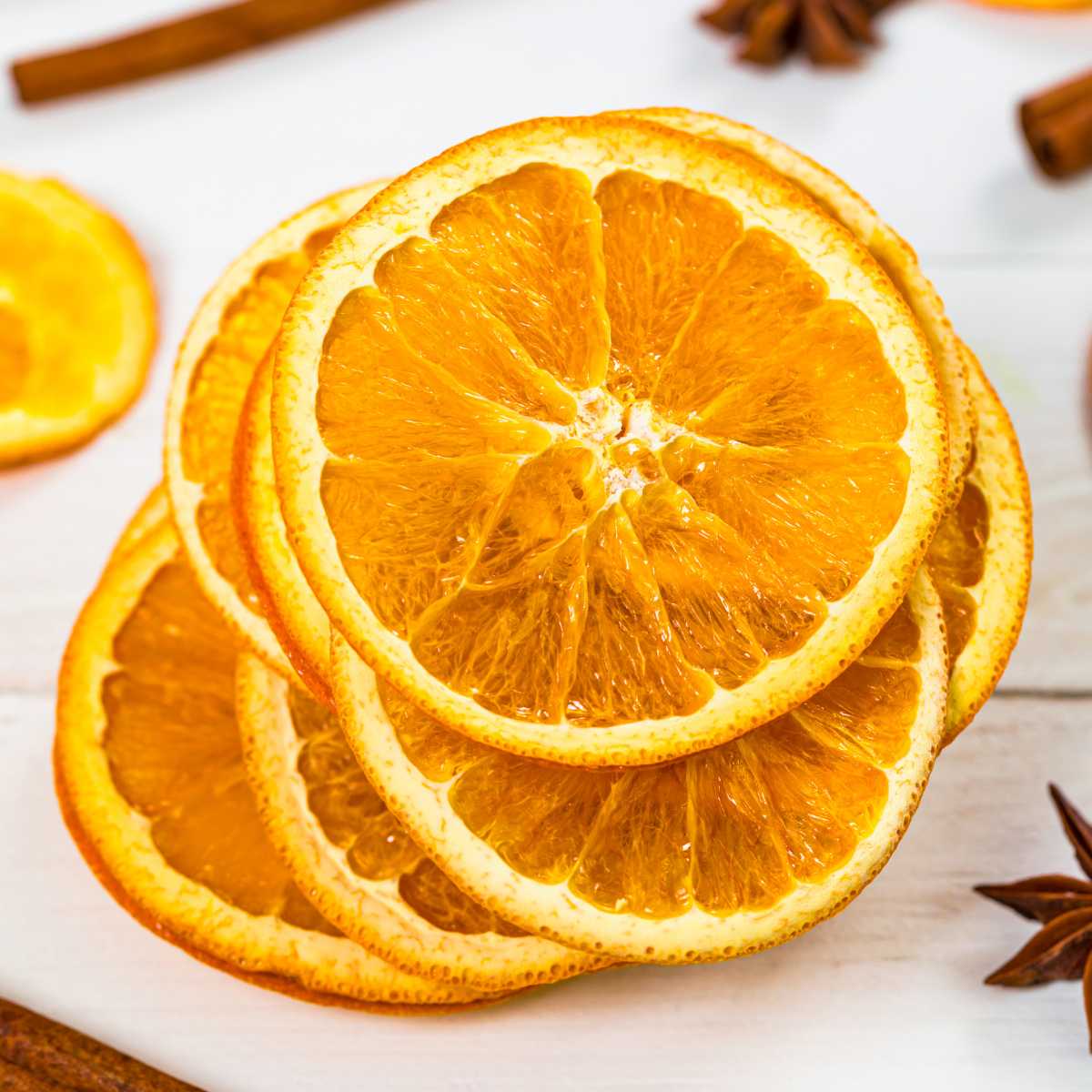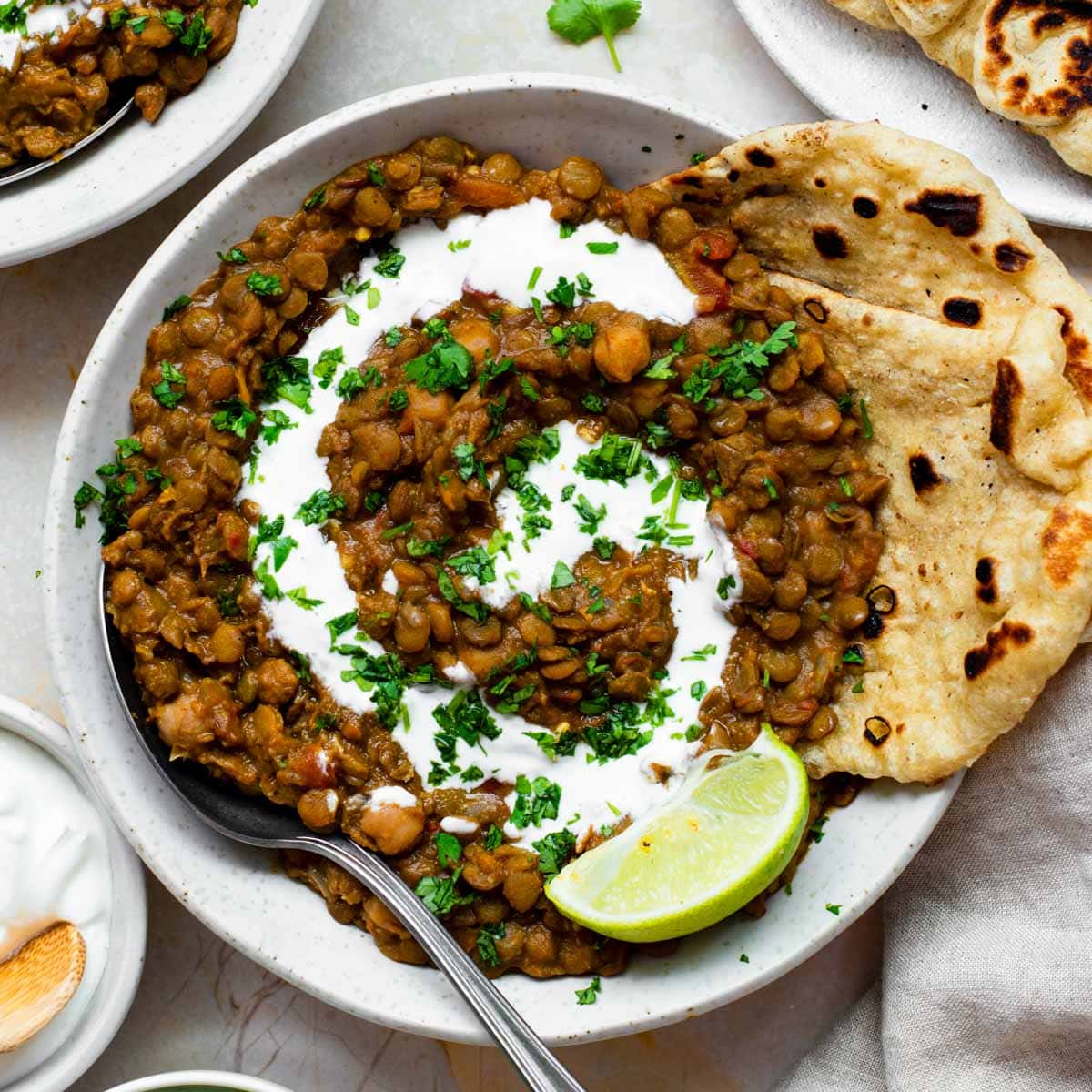Vegan bulgogi is not only delicious and flavorful but easy to make! With oyster mushrooms, you can easily recreate this popular beefy Korean dish, in a savory, sweet and spicy marinade with just 10 ingredients!
This post may contain affiliate links. Read my policy page for more information.

Before going vegan, I used to love bulgogi! When I was younger, my dad would take my sister and me to a little mom-and-pop Korean restaurant in his hometown for the lunch special: bulgogi with rice and kimchi. It was always so good!
I knew I needed to recreate those delicious flavors with a vegan twist. If you’re a lover of Korean food and are craving a vegan version, you’re going to love this easy vegan bulgogi!
Jump to:
What is bulgogi?
Bulgogi, a staple in Korean cuisine, is a savory and flavorful dish that has captured the hearts and taste buds of people around the world. The name “bulgogi” translates to “fire meat” in Korean, reflecting its traditional method of preparation over an open flame. It has the perfect balance of sweet, salty, and umami flavors, thanks to the bulgogi sauce.
The classic version of bulgogi typically features thinly sliced beef, such as sirloin or ribeye, marinated in a mixture of soy sauce, sugar, sesame oil, garlic, and pepper. This marinade not only imparts rich flavors to the meat but also helps tenderize it, resulting in a melt-in-your-mouth texture after cooking.
Bulgogi is often served with a variety of accompaniments, including lettuce leaves for wrapping, rice, and an assortment of banchan (side dishes).
Vegan bulgogi beef substitutes
To make this meat-free bulgogi, there are a variety of ways to replace the beef. Here are the most popular:
- soy curls
- seitan—vital wheat gluten
- tofu—extra firm tofu is best
- mushrooms—oyster mushrooms, shiitake, portobello
- tempeh
- jackfruit
- vegan ground beef—either homemade or store-bought like Beyond Meat
All of these are great options because they readily absorb the bold marinade flavors while also replicating a meaty texture. In this savory vegan bulgogi recipe, I’m using oyster mushrooms which have a great meaty texture and, when sliced into thin strips and marinated, it mimics the satisfying chewiness of meat.

Ingredients and substitutions
Here’s what you need to make this vegan version of beef bulgogi, plus my recommended substitutes:

- Oyster Mushrooms: Oyster mushrooms are my favorite choice for vegan bulgogi, since they absorb flavors well and have a great meaty texture. Other mushrooms that would work well are shiitake mushrooms or portobello mushrooms. Ensure they are cleaned thoroughly and sliced into strips to maximize their surface area for the marinade.
- Low-Sodium Soy Sauce: Or use tamari or liquid aminos as needed for gluten-free and soy-free options.
- Maple Syrup: Bulgogi sauce typically uses brown sugar but I love adding maple syrup instead. Agave syrup also works well or even coconut sugar.
- Rice Vinegar: Rice vinegar brings a mild acidity to the marinade, enhancing the overall taste. It adds a subtle tang that complements the sweetness and richness of the other ingredients.
- Gochujang: Gochujang, a Korean fermented chili paste, adds depth and a hint of spiciness to the bulgogi marinade. Adjust the amount to suit your spice preference, as gochujang can vary in heat intensity.
- Garlic and Fresh Ginger: Minced garlic and fresh ginger contribute aromatic and zesty flavors. These ingredients play a crucial role in the marinade, infusing the dish with complexity and balancing the sweetness.
- Black Pepper: A touch of black pepper adds a subtle heat and complements the other spices in the marinade.
- Sesame Oil: Used for cooking, the rich, nutty flavor enhances the overall taste and adds a characteristic Korean touch.
- Green Onion and Sesame seeds: Great for garnishes, they add a pop of color and crunch. Sprinkle them over the vegan bulgogi just before serving.
For exact measurements, reference the recipe card at the bottom of this post.
How to make vegan bulgogi
Make the marinade. In a mixing bowl, combine soy sauce, maple syrup, rice vinegar, gochujang, minced garlic, and minced ginger to form the marinade.
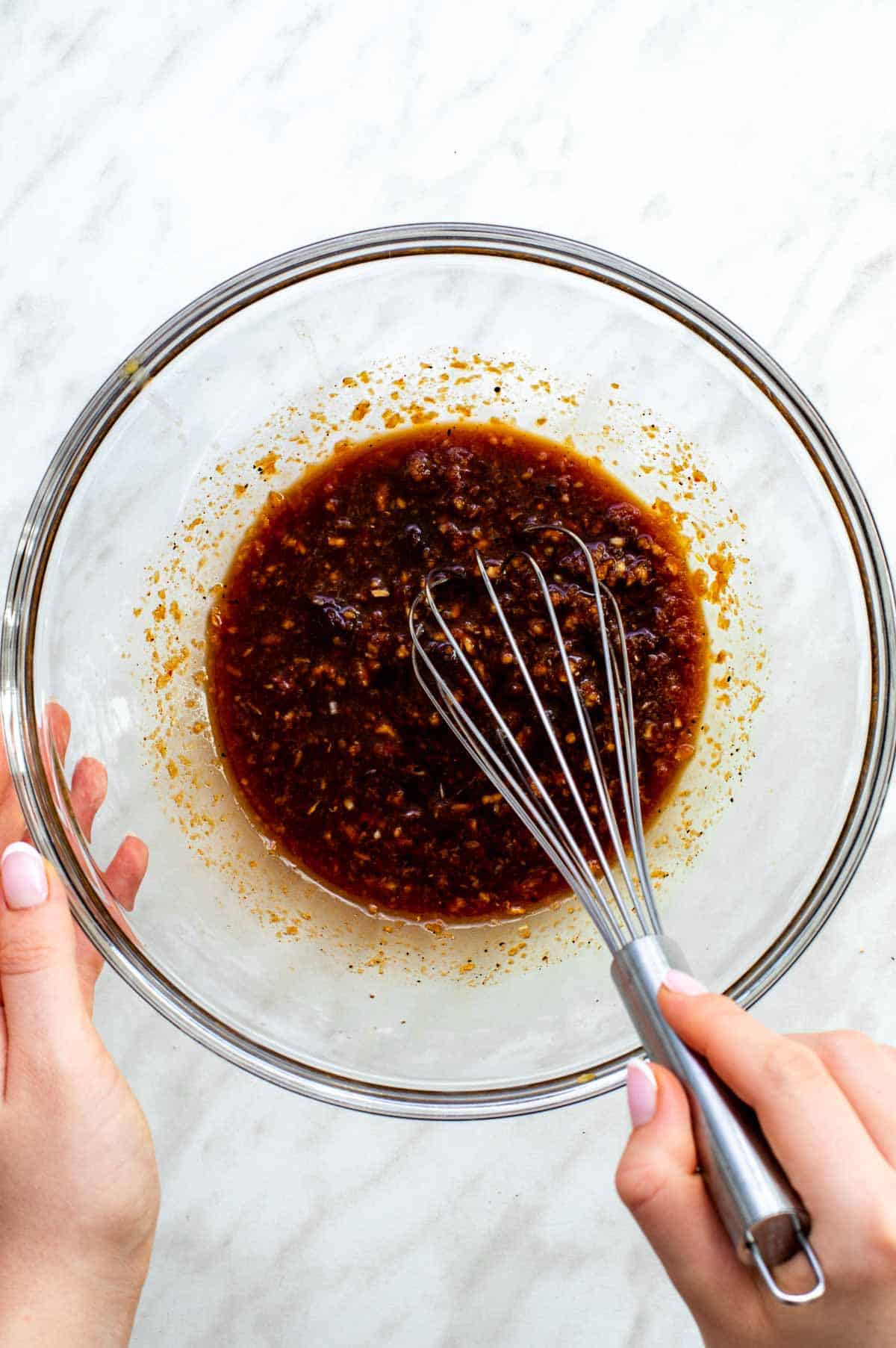
Marinate the mushrooms. Add the sliced mushrooms, ensuring they are well-coated, and let them marinate for at least 20-30 minutes to absorb the flavors. You can leave them out at room temperature if marinating for 30 minutes or less. For longer, cover and store them in the fridge.

Cook the bulgogi. Heat sesame oil in a large skillet or wok over medium to medium-high heat. Add the marinated oyster mushrooms, reserving excess marinade, and cook for 10-15 minutes, stirring occasionally until tender and slightly caramelized.
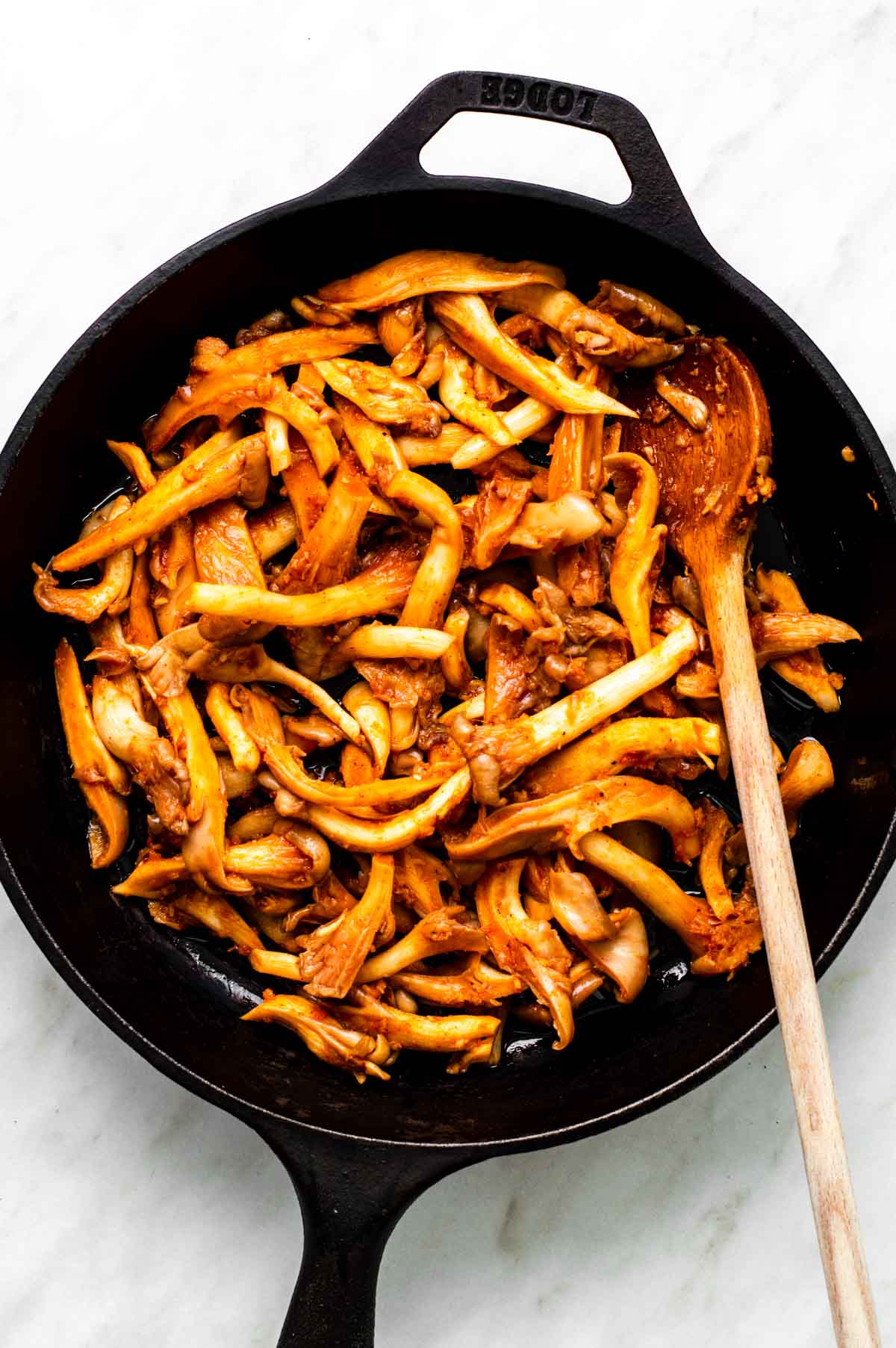
Adjust heat to prevent burning, baste the mushrooms with the leftover marinade, and deglaze the pan throughout the cooking process.
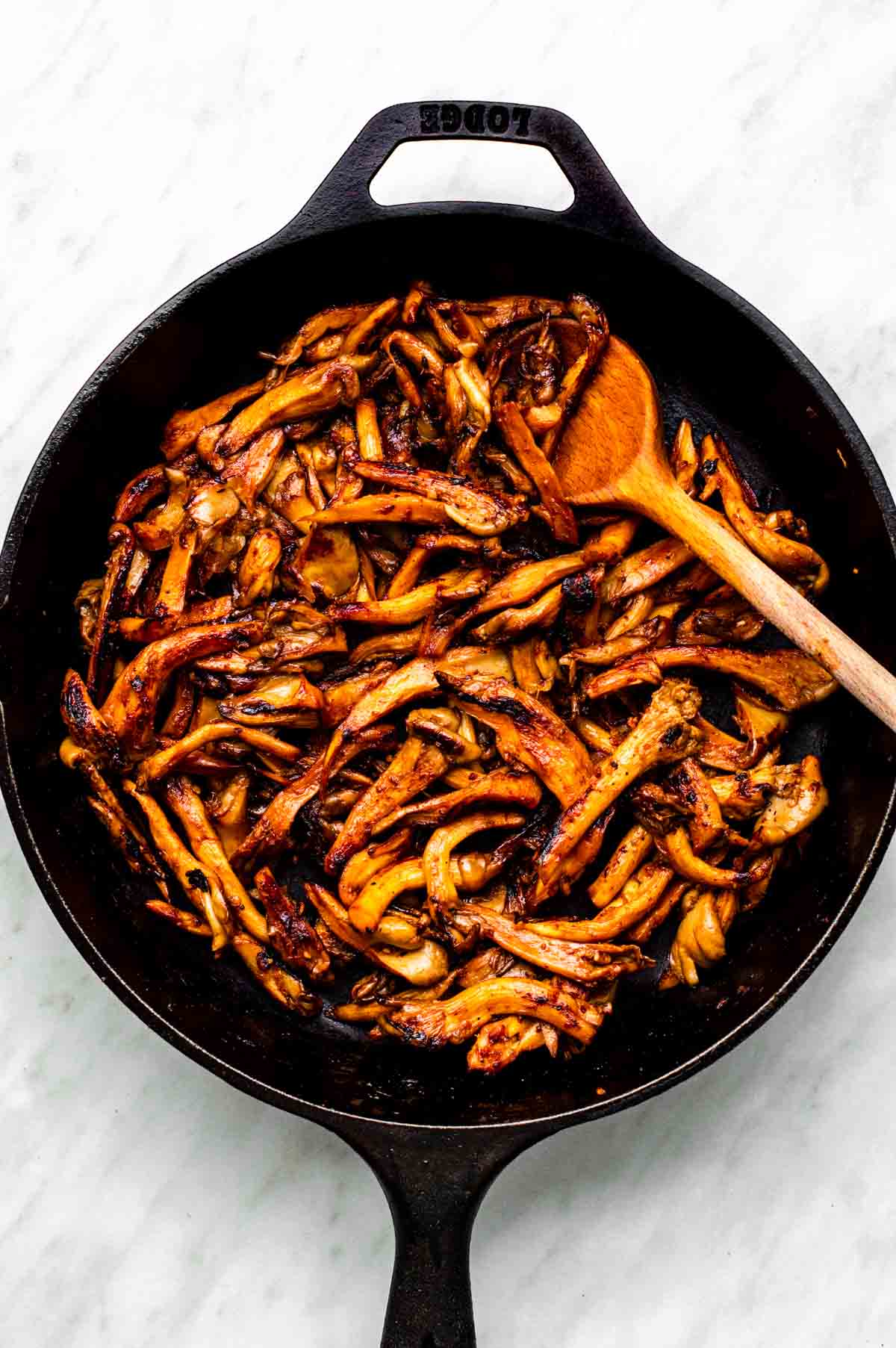
Once caramelized and tender, garnish with sliced green onions and sesame seeds, and serve over your preferred rice!
Expert tips
- Prep the mushrooms. Slice mushrooms uniformly for even marinating and cooking. Oyster mushrooms often grow in clusters so gently separate them into individual mushrooms first. You can quickly rinsed them under cold running water to remove loose dirt, or use a soft brush and clean kitchen towel to gently wipe away dirt. Pat dry if you opted to rinse to remove excess water.
- Caramelize. For best results, make sure the mushrooms get caramelized by allowing them to sear on the pan a bit, then deglazing it with more marinade. Do this a few times to give the mushrooms a beautiful golden brown color with a little crispiness to the edges.
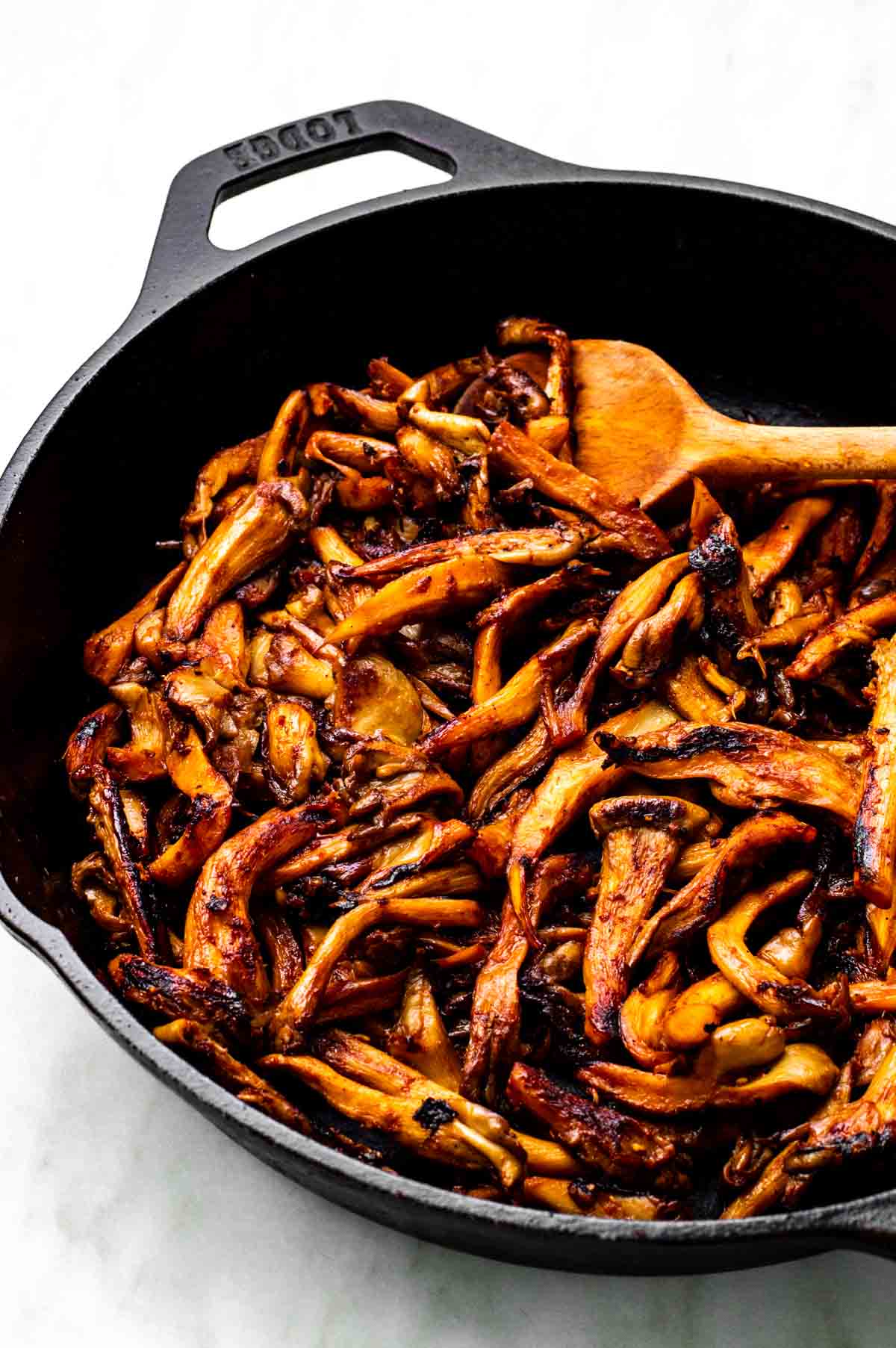
How to store leftovers
Store your leftover mushroom bulgogi in an airtight container in the refrigerator for 3-4 days.
You can also freeze leftovers. Place the cooled bulgogi in a freezer-safe container, and freeze for up to 2-3 months. Note that the texture of mushrooms may change slightly upon thawing.
Reheat the vegan bulgogi in a skillet or microwave, adding a bit of water or additional marinade if needed to prevent dryness.
Serving suggestions
Traditionally, bulgogi is served with a side of white rice with a variety of kimchis (fermented vegetables), seaweed salad, and bean sprouts. It’s also often served with lettuce leaves for wraps with rice, ssamjang (a thick, spicy paste) or Korean barbecue sauce, and some garlic or green onions.
You can also serve it in a rice bowl like Bibimbap, a popular Korean dish served in a hot stone bowl, with a variety of vegetables like bok choy, carrots, zucchini, and cucumber, and add a drizzle of gochujang on top.
For a more modern twist, serve it in steamed buns or tortillas to make Korean-inspired tacos, add some Asian slaw for crunch, and pickled red onion. You can also serve it over noodles or add it to vegetable stir-fries!

If you enjoyed this recipe please leave a comment below and give it 5 stars! Or on Pinterest (don’t forget to follow me!) and please help me share on facebook!
Want to Save This Recipe?
Enter your email below and we’ll send it straight to your inbox! Plus, get weekly free recipes!
By submitting this form, you consent to receive emails from Health My Lifestyle.
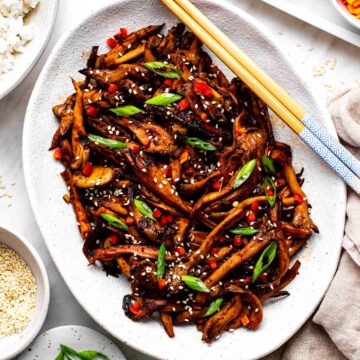
The Best Vegan Bulgogi
Ingredients
- 16 oz oyster mushrooms cleaned and sliced into strips (see notes)
- 4 tablespoons low-sodium soy sauce
- 2 tablespoon maple syrup or agave syrup
- 1 tablespoon rice vinegar
- 1 tablespoon gochujang
- 4 cloves garlic minced
- 1 tablespoon fresh ginger minced
- ¼ teaspoon black pepper
- 1 tablespoon sesame oil for cooking
- 1 green onion sliced, for garnish
- 1 teaspoon sesame seeds for garnish
Instructions
- In a mixing bowl, whisk together the soy sauce, maple syrup, rice vinegar, gochujang, minced garlic, and minced ginger to create your marinade.4 tablespoons low-sodium soy sauce, 2 tablespoon maple syrup, 1 tablespoon rice vinegar, 1 tablespoon gochujang, 4 cloves garlic, 1 tablespoon fresh ginger, ¼ teaspoon black pepper
- Add the sliced mushrooms to the marinade and toss them to coat. Let the mushrooms marinate for at least 20-30 minutes to absorb the flavors.16 oz oyster mushrooms
- Heat the sesame oil in a large skillet or wok over medium to medium-high heat.1 tablespoon sesame oil
- Add the marinated oyster mushrooms, reserving the excess marinade. Cook for about 10-15 minutes, stirring occasionally. The mushrooms should become tender and slightly caramelized. Adjust the heat as needed to prevent burning, and continue to baste the mushrooms with the leftover marinade and deglaze the pan throughout the cooking process.
- Once the mushrooms are nicely caramelized and tender, they’re ready to serve! Garnish with sliced green onions and sesame seeds, and serve over your favorite rice!1 green onion, 1 teaspoon sesame seeds

